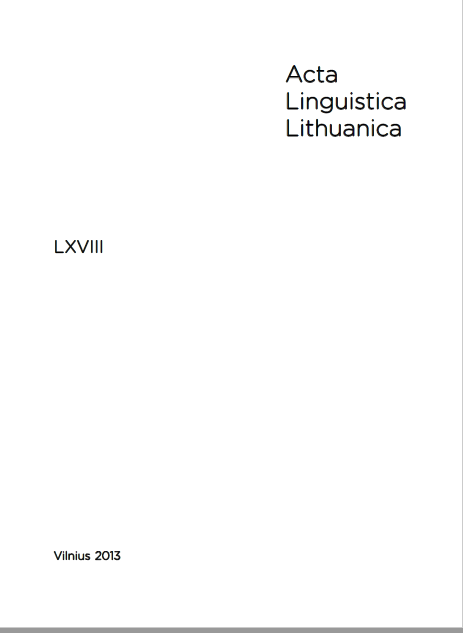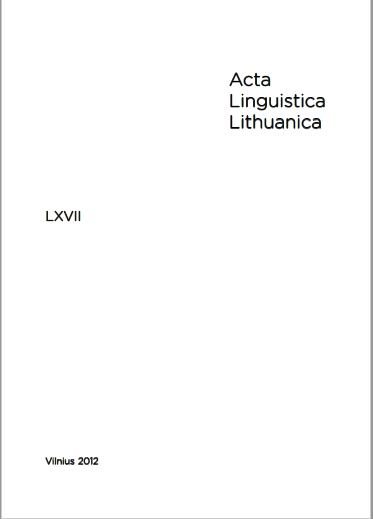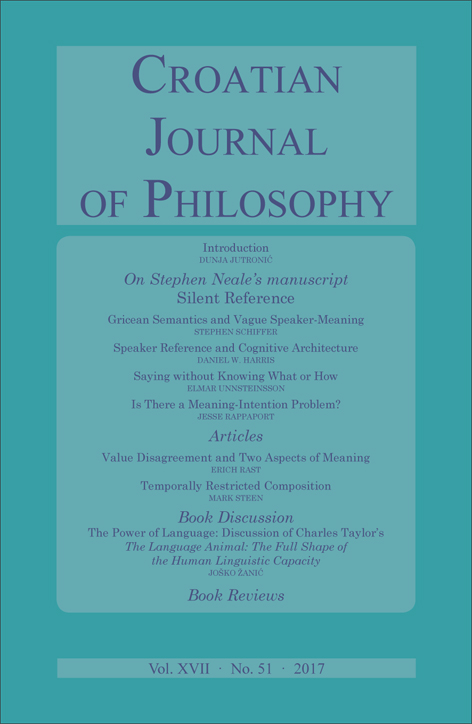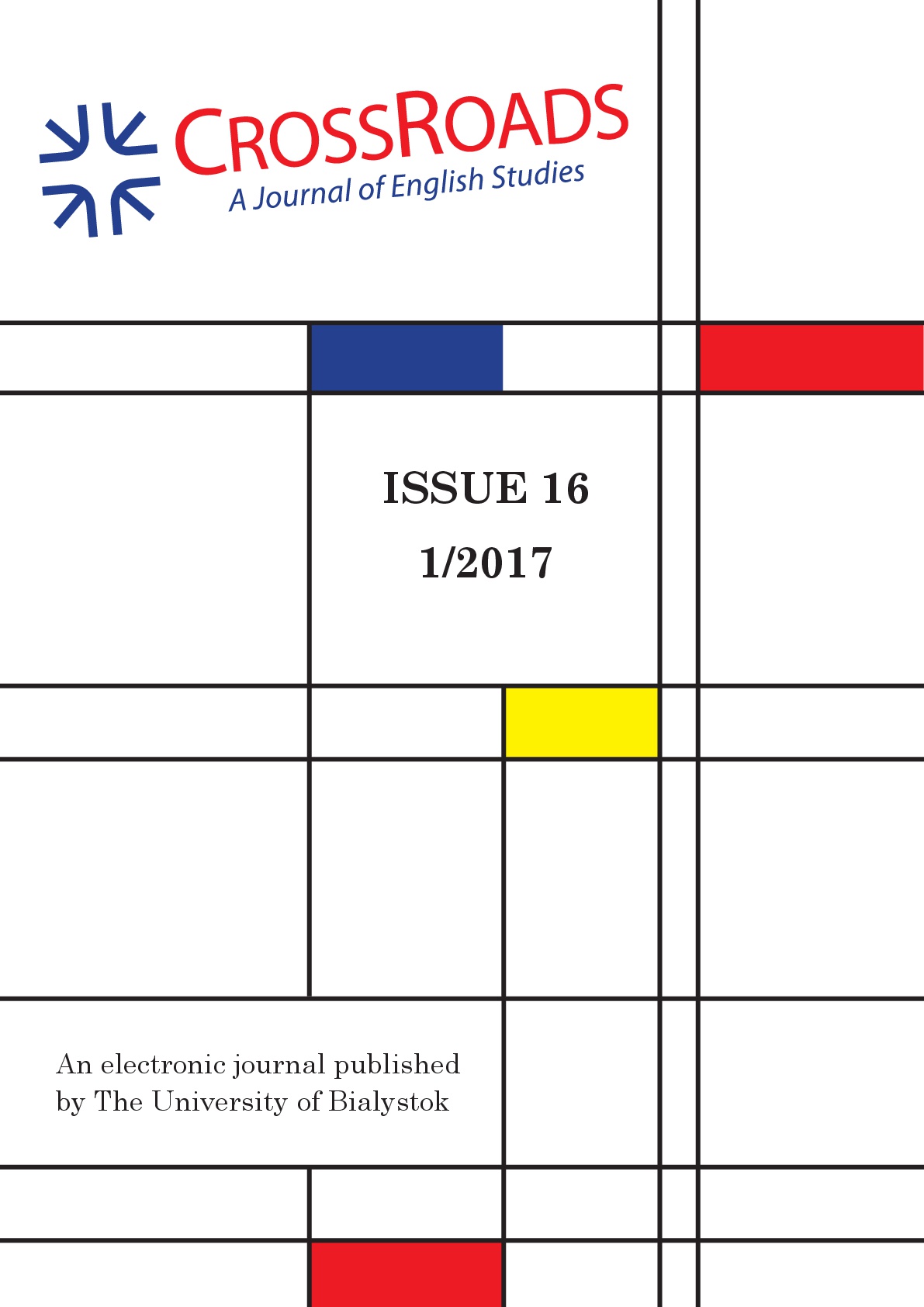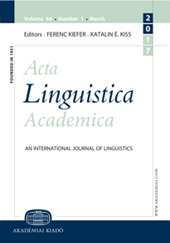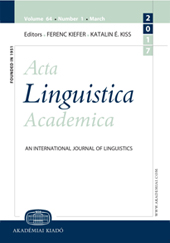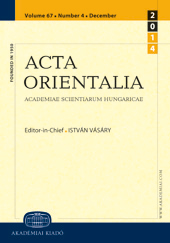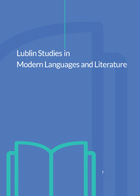
Scottish native speakers’ acceptability judgements on Polish-accented English
The paper presents and discusses the results of an empirical study on the perception and evaluation of Polish-accented English by 30 Scottish listeners. The judges were asked to evaluate 30 features typical of Polish accent in English with respect to their acceptability. The aim of the research was to create a hierarchy of error and establish whether the raters are more tolerant of certain non-standard (i.e. non-RP) realizations they themselves produce. The secondary goal was to identify priorities for teaching pronunciation to Poles whose target interlocutors are Scottish native speakers.
More...
